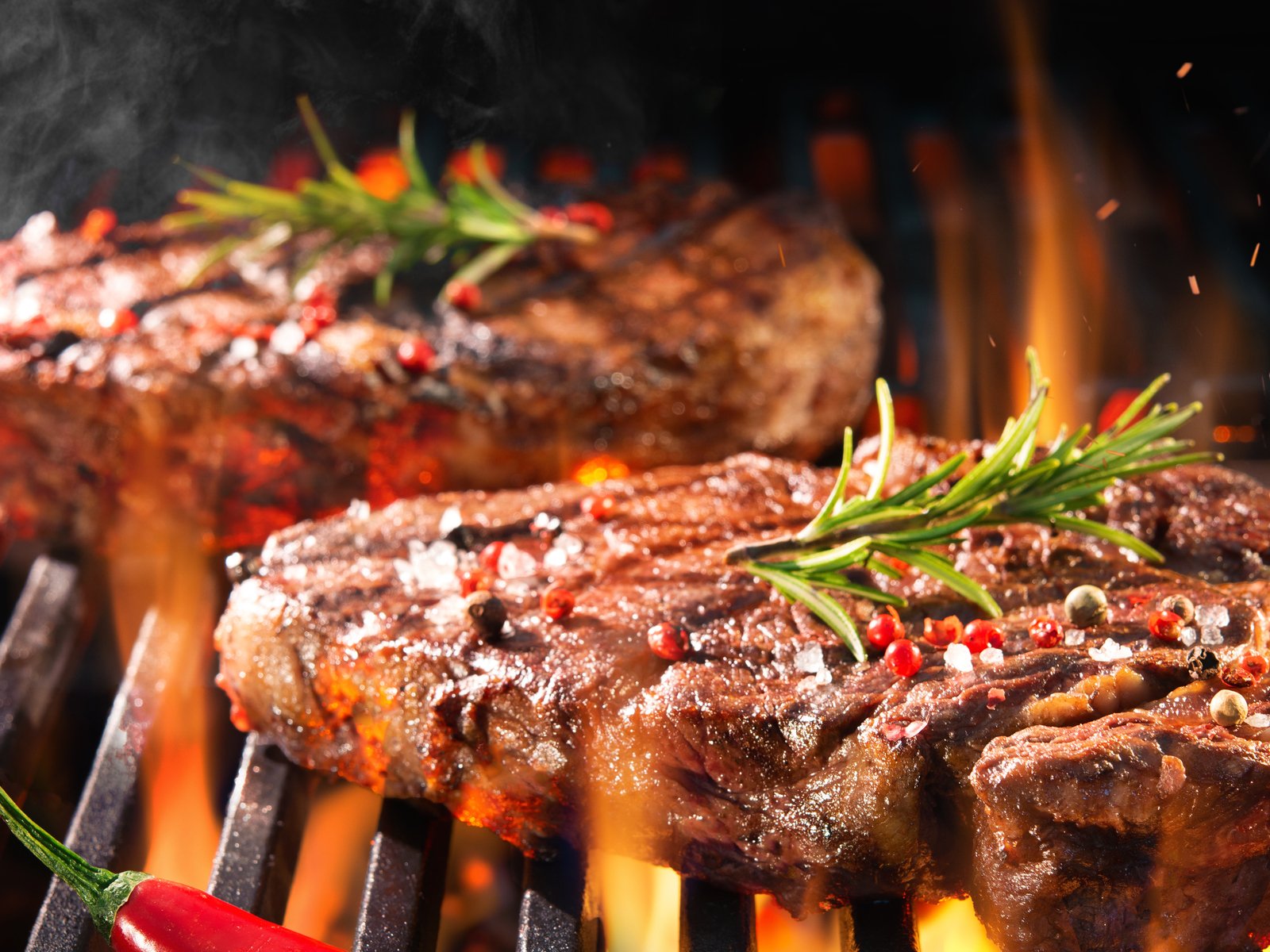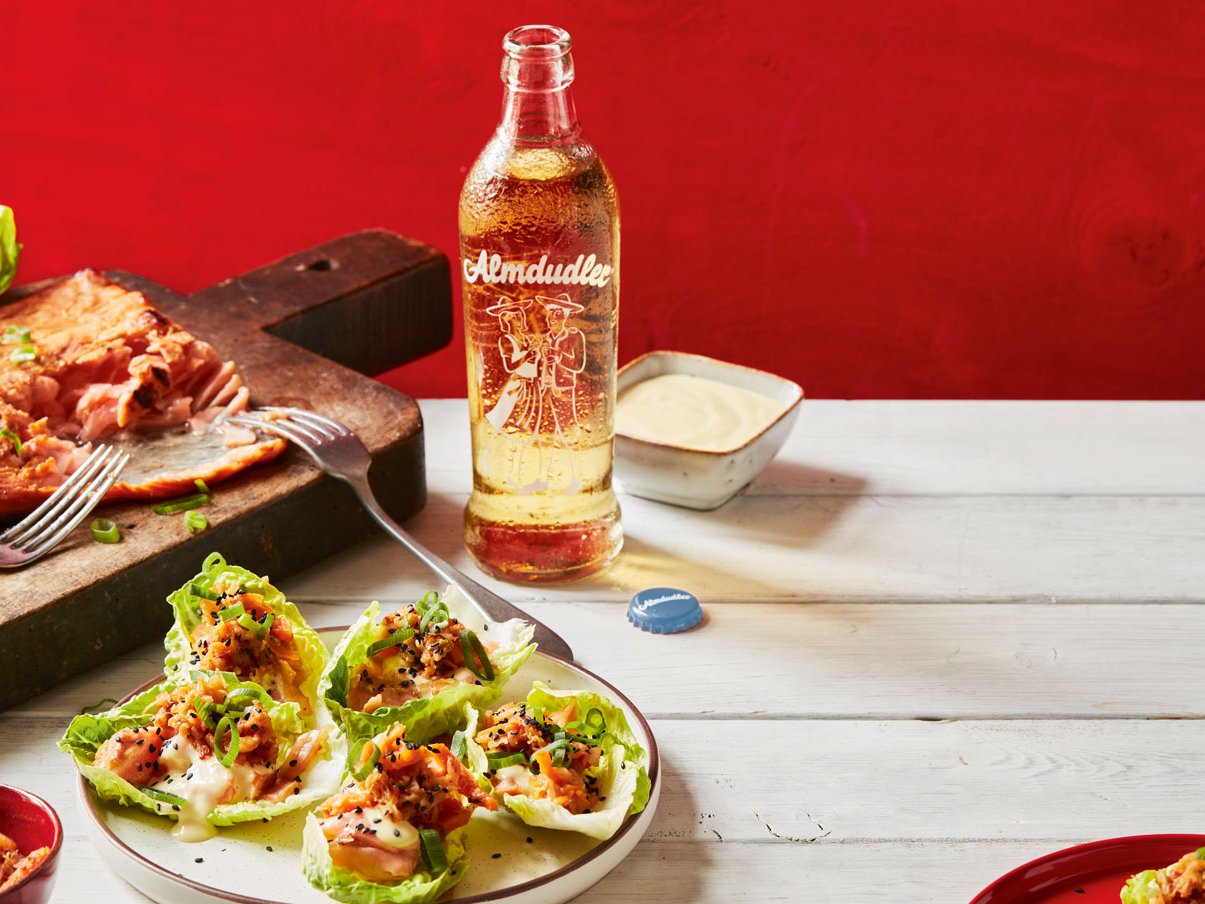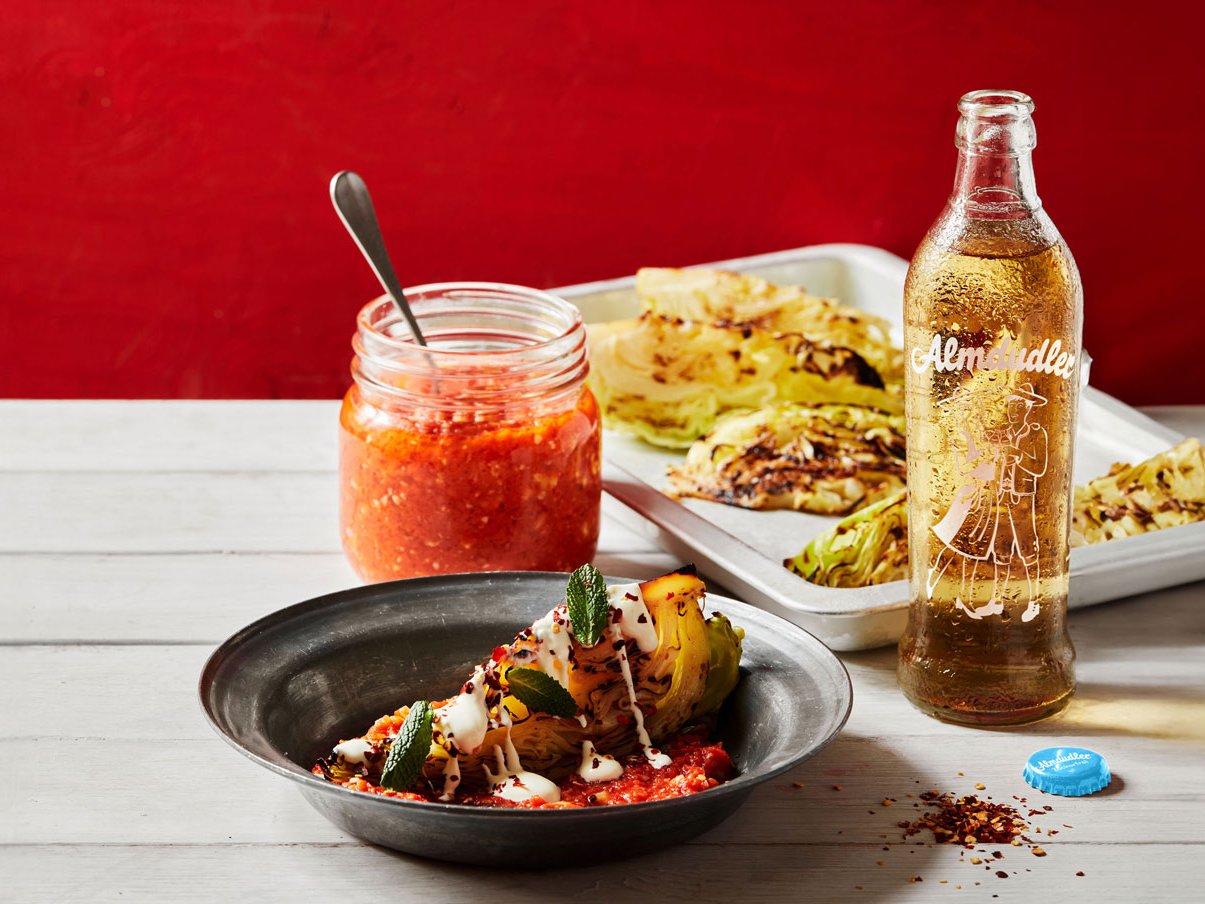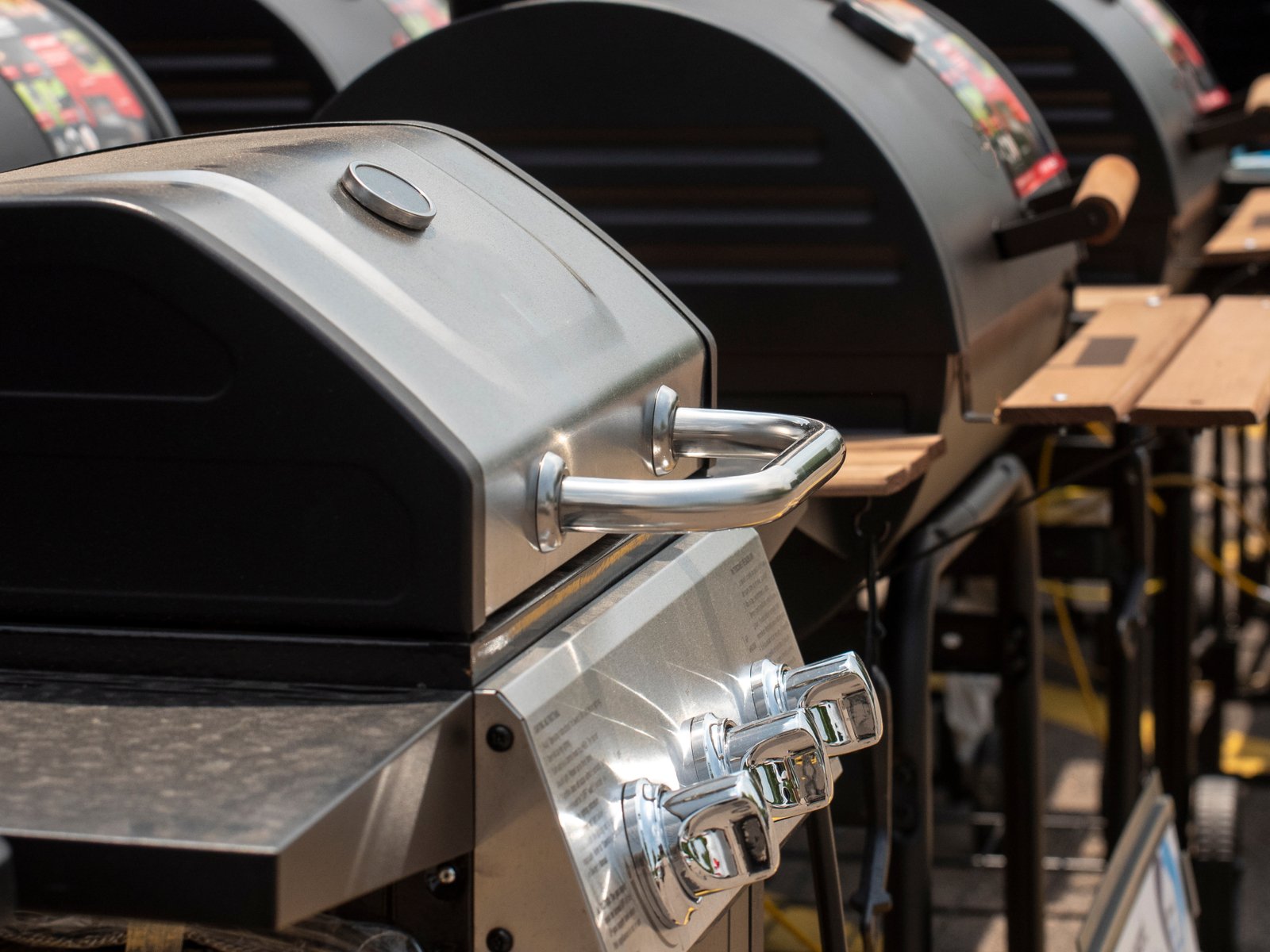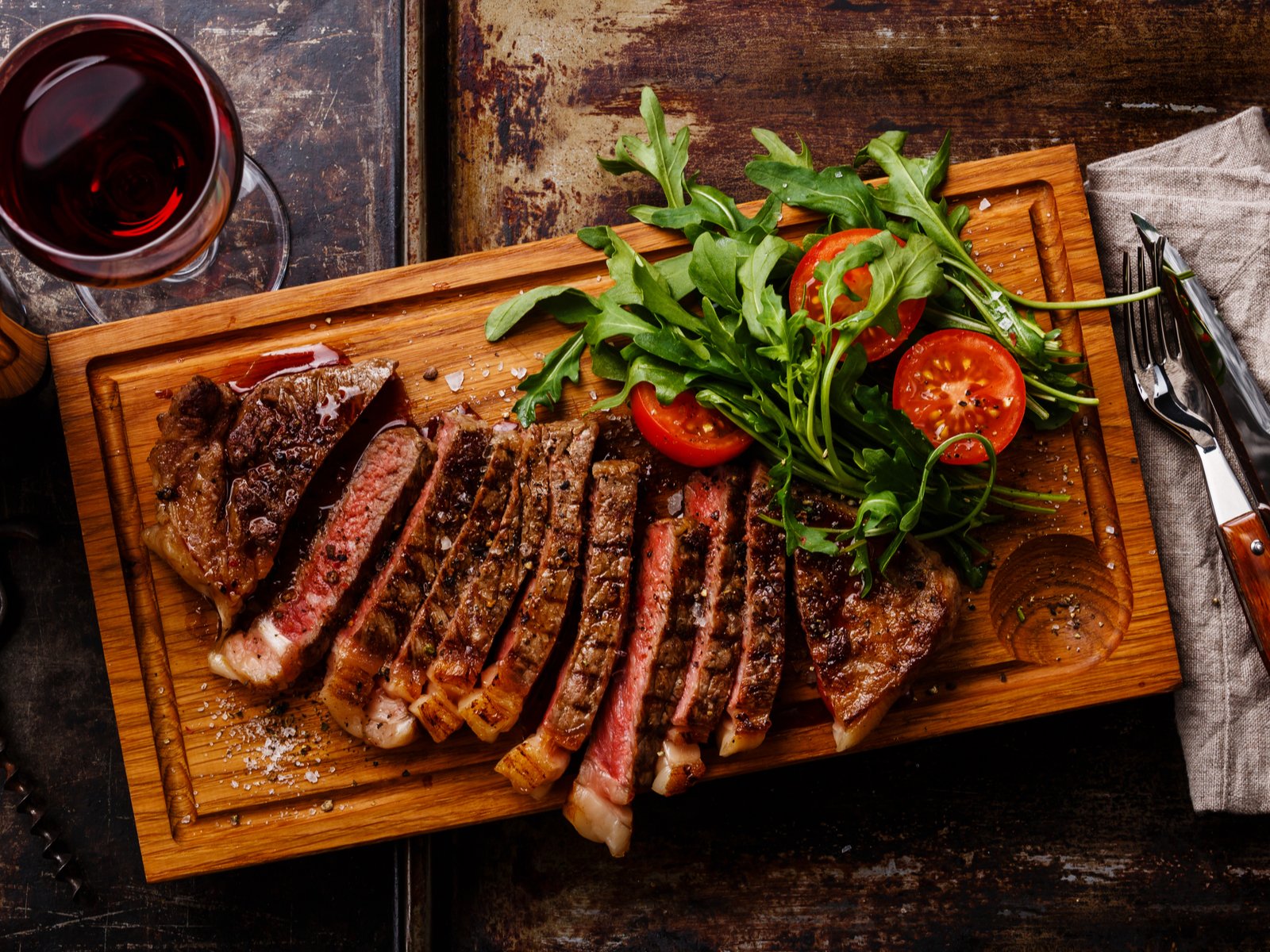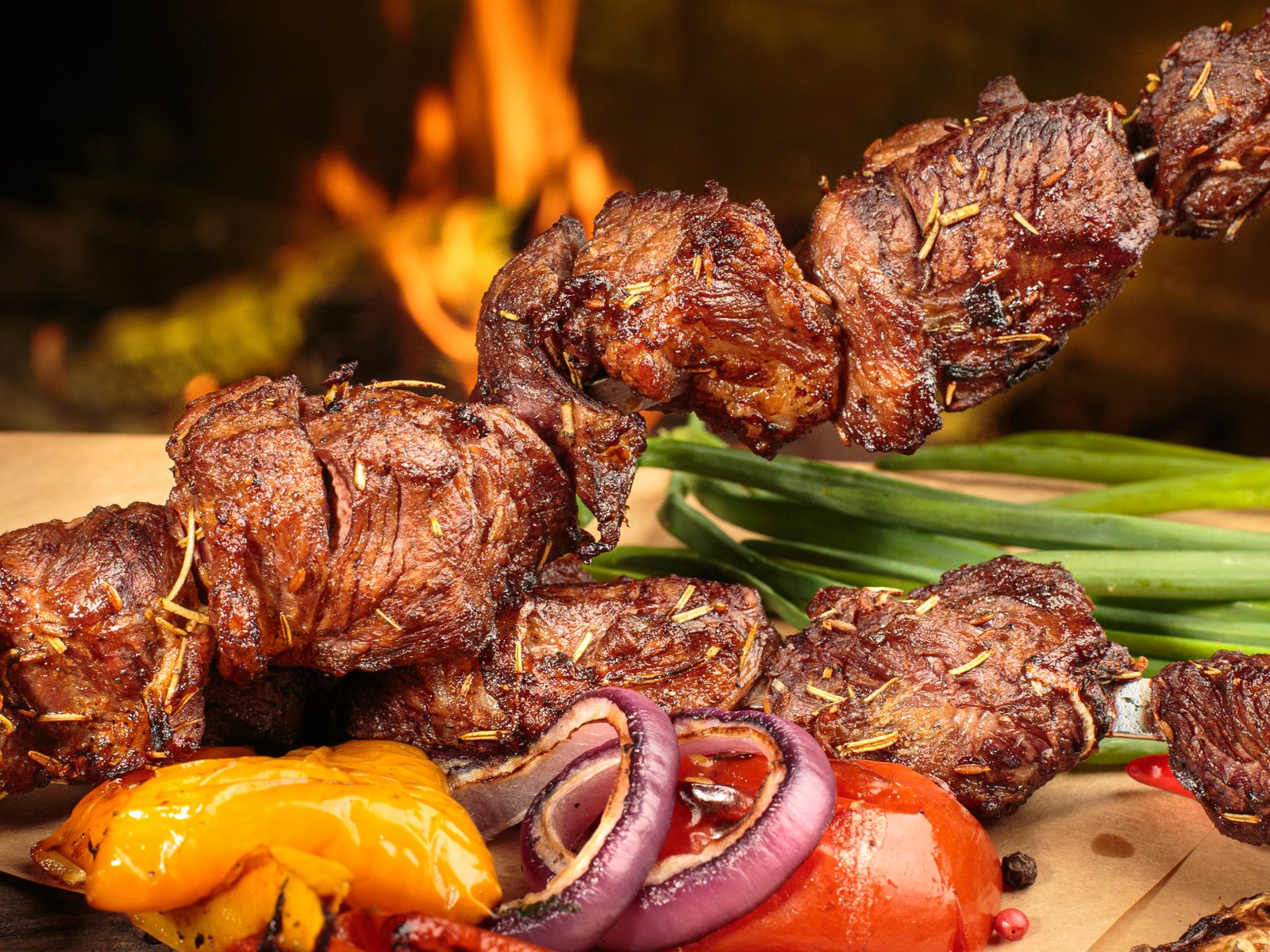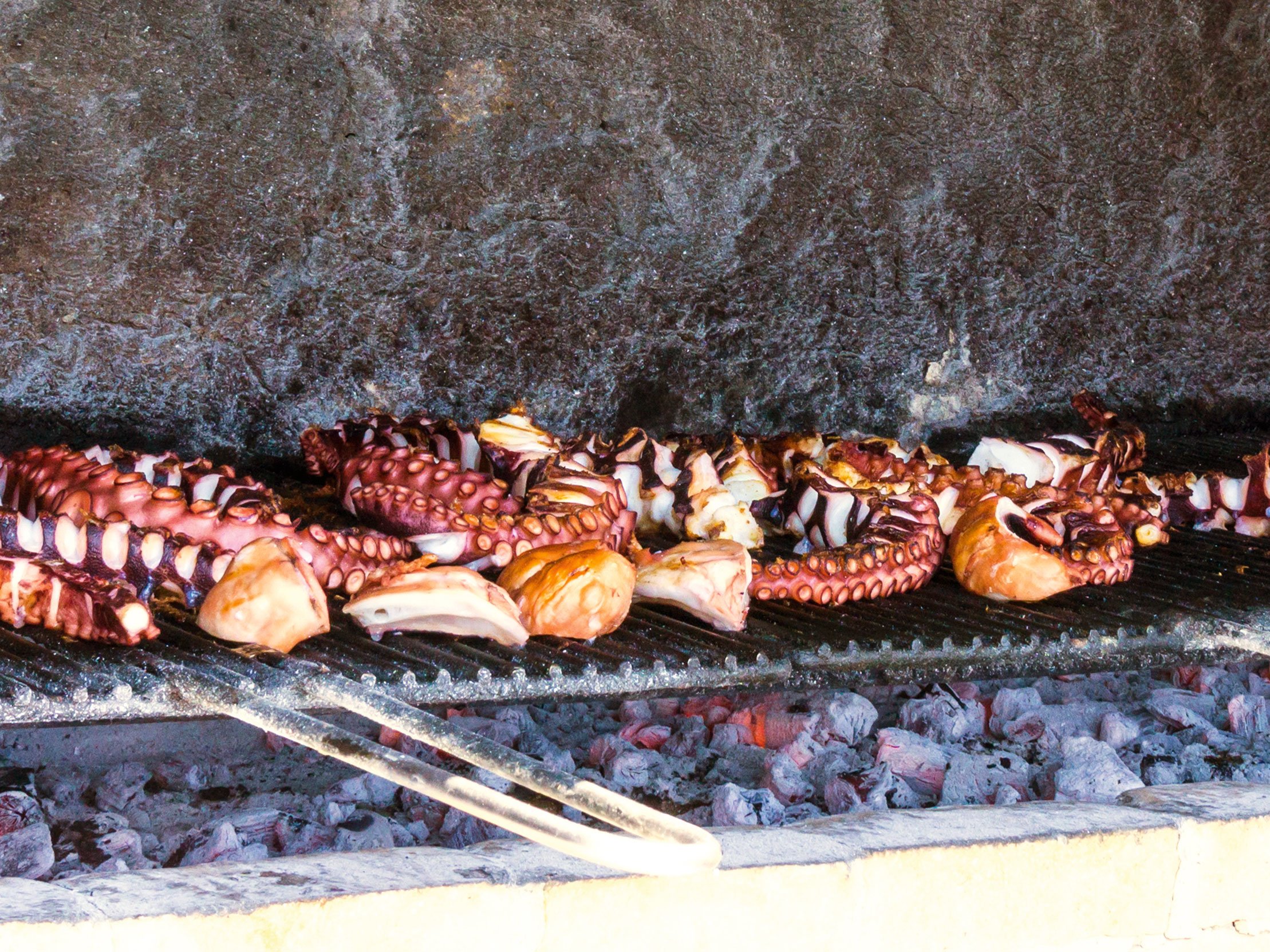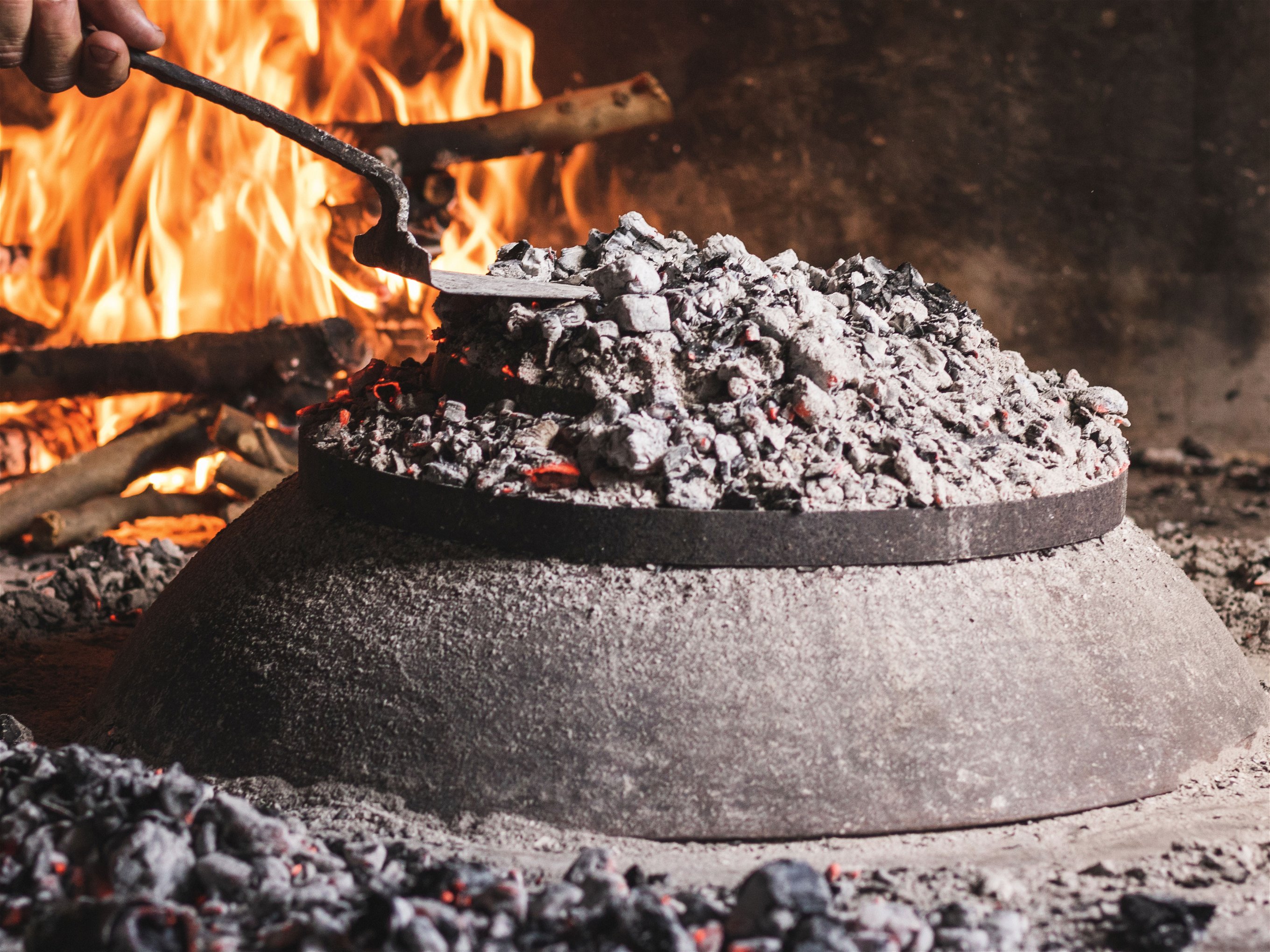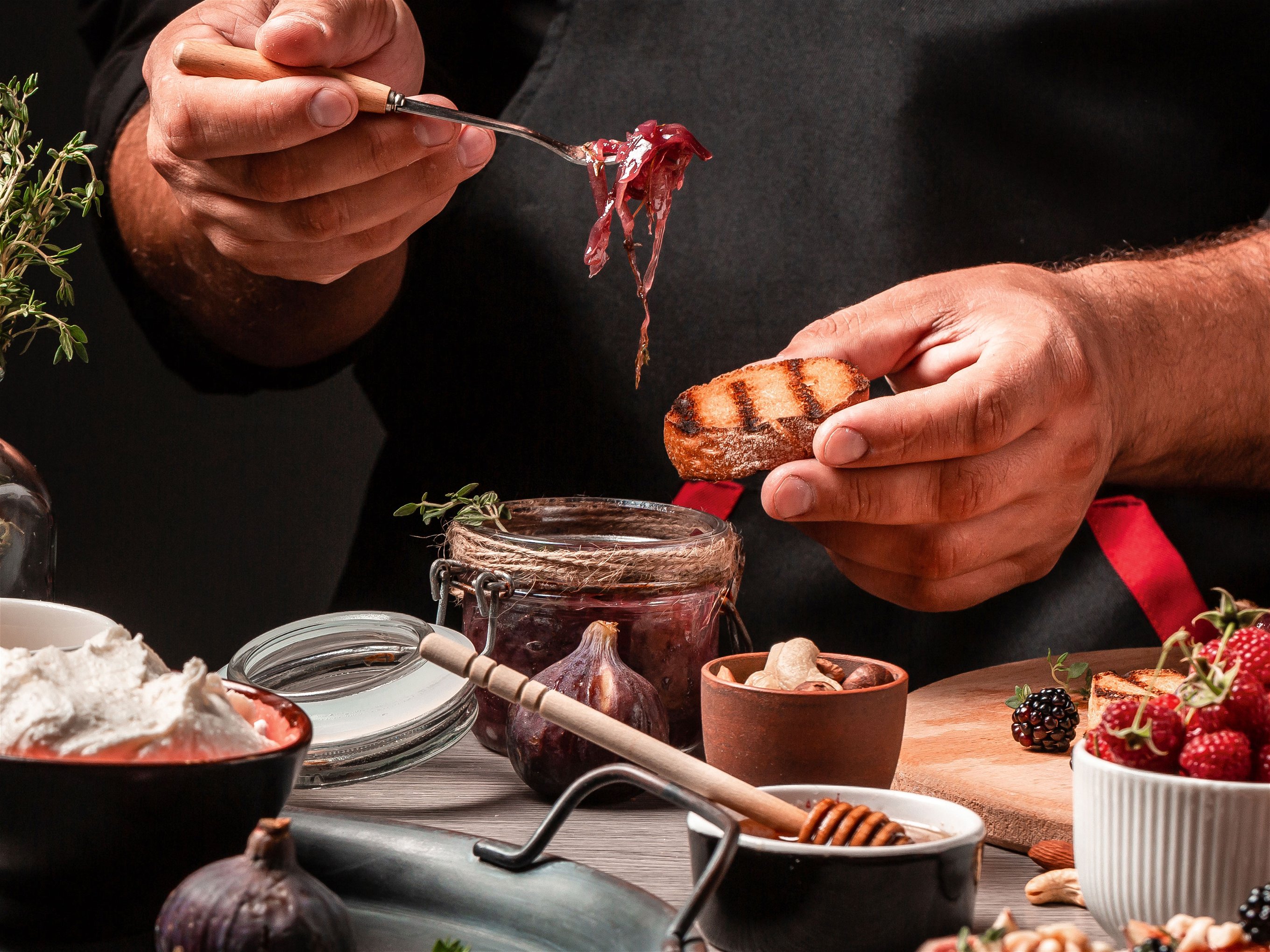How To Barbecue: Just Don't Burn Anything
Grilling is a must in summer but while the taste and smell of grilled food is wonderful, it's worth watching out for some undesirable and harmful substances.
On average, people barbecue about 13 times during the warm season. One third roughly every week, another third about every fortnight. Not only are the roasted aromas, the crust and the juicy food convincing, there is also something archaic about cooking over a fire. It is a social act and has always encouraged communication. But two compounds classified as carcinogenic and mutagenic sometimes come up: polycyclic aromatic hydrocarbons (PAHs) and heterocyclic aromatic amines (HAAs).
A haze of colourless smoke
PAHs are certain chemical substances that are solid, mostly colourless compounds. They occur everywhere in the environment – in the soil, surface water and in the seabed – because they are formed during all incomplete combustion processes from wood, coal, fuels or tobacco and are dispersed with the air via exhaust gases and ashes. If food is not properly grilled, smoked or dried and comes into contact with open, smoking fire, large amounts of PAHs are formed. This happens, for example, when the fat or oil from marinade escapes from grilled food drips onto hot embers and burns. The PAHs enter the grilled food with the rising smoke.
The best known and most important representative of this group of substances is benzo[a]pyrene. The main sources are sausages and smoked freshwater fish. A maximum level of one microgram per kilo applies to retail smoked products. When grilled, this value is often exceeded: meat grilled over charcoal contains ten times the amount of benzo[a]pyrene in the outer layer. When grilling with gas or electricity, fewer PAHs are formed, unless fat runs onto the heating element. But grilling with charcoal can also succeed without PAH pollution, with side embers.
The dark sides
In addition to PAHs, heterocyclic aromatic amines (HAA) are produced at very high temperatures. They are formed during the hot frying or grilling of protein-rich foods such as meat and fish or tofu. The following applies: The longer and hotter the grilled food is heated - i.e. the darker the surface - the higher the HAA content. From 220°C – i.e. at grilling temperatures – about three times the amount is formed compared to heating at 170°C. By the way, browning, not charring, also applies to roasting or grilling potatoes. This is because sugar and protein building blocks react to form acrylamide when heated above 120°C. The amount of acrylamide also depends on the temperature, degree of browning and duration of heating, and it has also been shown to be harmful to health in animal experiments.
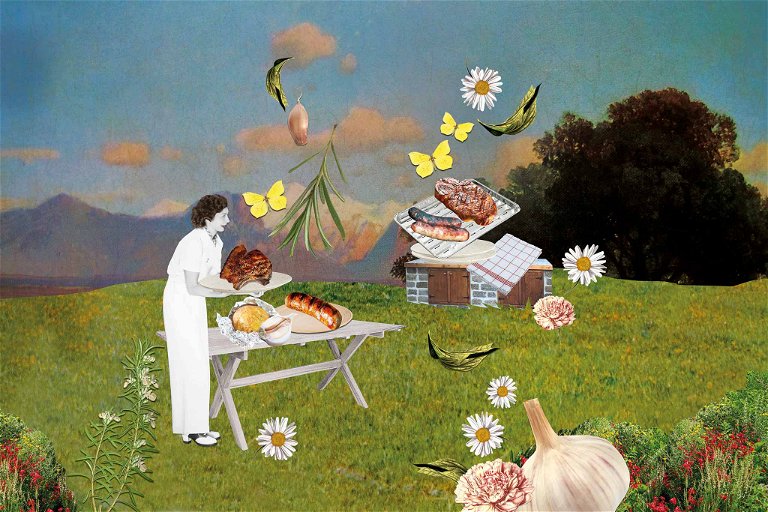
The less the better
People who consume average amounts of PAHs in their diet have a low associated risk of cancer, according to the European Food Safety Authority (EFSA). Because of the small amounts of PAHs consumed in food, the associated risk of colon cancer is also low. However, precancerous colorectal lesions were most often found in people who ate a lot of grilled and fried foods.
Because there is no threshold value for a harmful effect on health for HAA, the recommendation is to allow as little as possible to develop in your own food preparation. For precautionary reasons, exposure to both PAHs and HAA should therefore be reduced as much as possible. If one grills about ten to 15 times a year on average, the intake of the undesirable substances seems to be acceptable. In addition, it is generally healthier to BBQ while bearing in mind a few simple grilling habits.
Healthy grilling habits
- Electric, gas barbecues or charcoal barbecues with a side fireplace are recommended. This prevents fat from dripping into the embers. Otherwise, let the charcoal or briquettes glow thoroughly (30 to 60 minutes).
- Use lean or only slightly fatty meat and dab off any marinades containing oil (also from vegetables) beforehand so that fat from the grilled food does not drip onto the hot embers and burn.
- If the charcoal does start to burn, remove the grate from the fire or hang it higher because the smoke can settle on the food.
- Do not let your food char. As a rule, the darker the food gets, the more undesirable substances it contains. Do not eat burnt areas, but cut them away.
- Cover the grill with aluminium foil or use special aluminium grill trays. Only season grilled food with salt and lemon after grilling so that aluminium is not transferred from the container to the food.
- Avoid cured meat and sausages when grilling. Heating them produces carcinogenic nitrosamines.
- Marinades with fresh rosemary and a good portion of fresh garlic can somewhat curb the formation of the undesirable substances.

